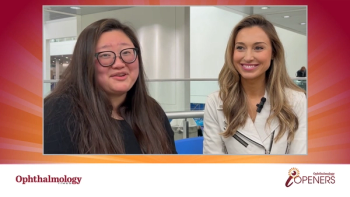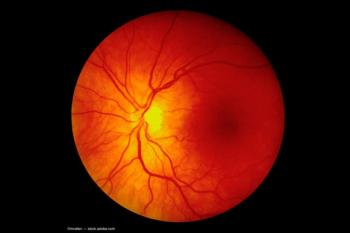
50 years of ophthalmology: What changed the game (Part 2)
Ophthalmologists discuss the most impactful advancements reshaping patient care over five decades.
As part of Ophthalmology Times’ 50th anniversary celebration, anterior segment surgeons at the American Society of Cataract and Refractive Surgery (ASCRS) 2025 annual meeting in Los Angeles, California, shared their perspectives on the most impactful innovations in ophthalmology over the past five decades.
Eric Donnenfeld, MD, reflected on the field’s evolution: “What has been the greatest impact on ophthalmology? My response to that is simply everything has changed.” He highlighted cataract surgery’s transformation, from large incisions to microincisions, emphasizing advances such as the intraocular lens introduced 70 years ago and phacoemulsification pioneered by Charles Kelman, MD. Donnenfeld also pointed to glaucoma management improvements, noting the promise of “interventional glaucoma and using lasers and drug delivery systems.”
Jai Parekh, MD, focused on anterior segment surgery and glaucoma innovations. “Cataract surgery has come a long way: smaller incisions, better recovery times,” he said, noting more than 5 million cataract surgeries in the US last year alone. On glaucoma, Parekh described interventional techniques including trabecular bypass stents, drug delivery, and minimally invasive glaucoma surgery (MIGS), stressing, “I’ve always said ‘all MIGS matter’ and it truly is all MIGS matter.”
Eva Kim, MD, expressed excitement about lens-based refractive surgery’s rise and the expanding “toolbox of lenses,” including multifocals and light adjustable lens technology that offer customization and reduce spectacle dependence. She also highlighted implantable collamer lens surgery, saying it allows vision correction “without even having to remove anything or change my patient’s eye.”
Joaquin de Rojas, MD, noted retinal injections for wet and dry age-related macular degeneration as a game changer, noting, “We now have a treatment for these patients.” He also cited advancements in cataract surgery such as toric lenses for astigmatism correction as pivotal.
Newsletter
Don’t miss out—get Ophthalmology Times updates on the latest clinical advancements and expert interviews, straight to your inbox.













































